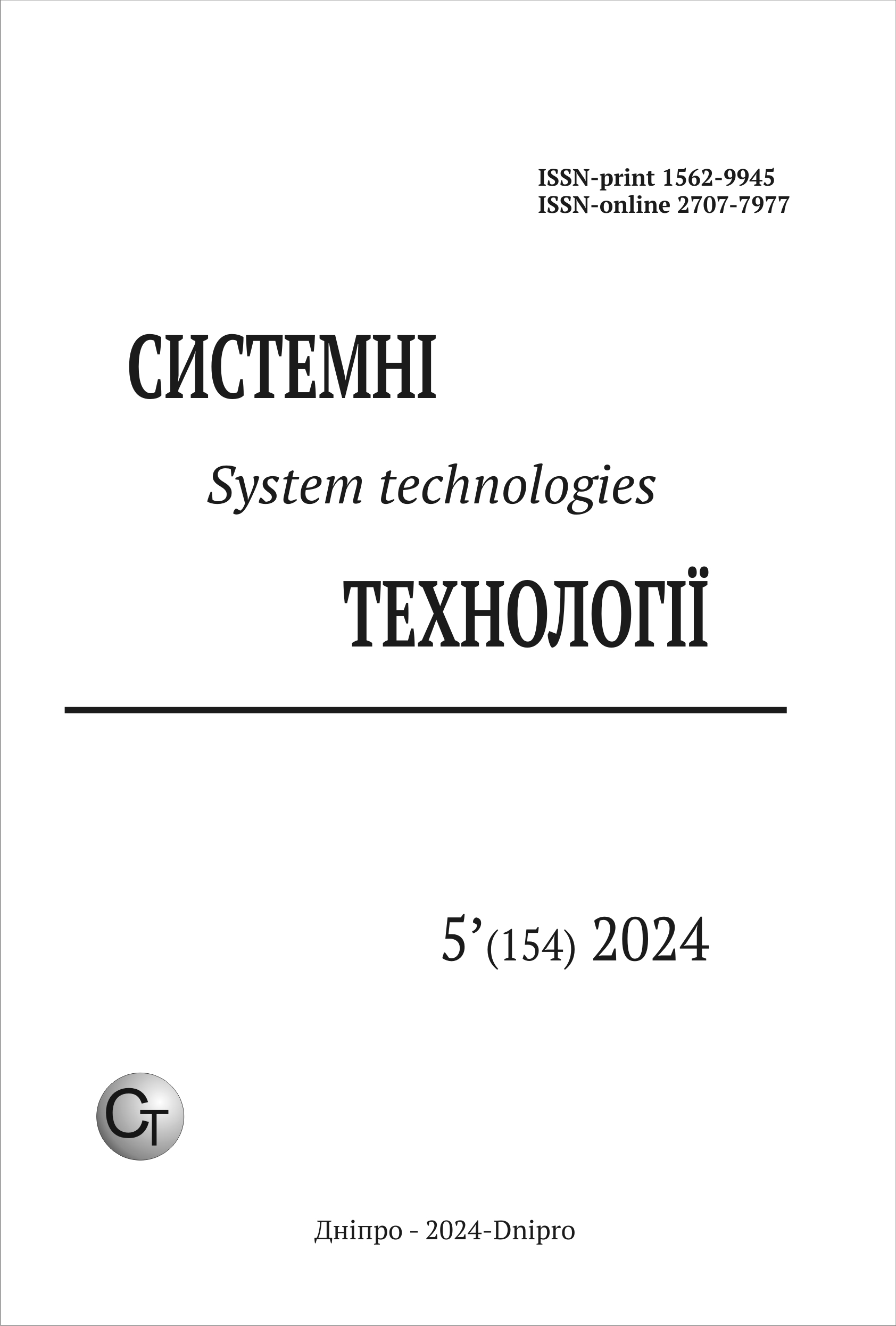Analysis of electromechanical fields around the tip of a crack in a piezoelectric material
DOI:
https://doi.org/10.34185/1562-9945-5-154-2024-10Keywords:
stress, deformation, crack, analytical solution, finite element method, system of mechanical and electrical loads.Abstract
A systematic study of the problem of plane deformation for a piezoelectric body with a crack is carried out. It consists in the application of analytical and numerical methods for taking into ac-count various geometric characteristics, various mechanical and electrical loads, and various phys-ical properties of the piezoelectric material. Initially, it is assumed that the size of the considered body is much larger than the length of the crack, so the area is assumed to be infinitely large, and the analytical method of complex poten-tials is used to solve the problem. The electromechanical characteristics are presented through a piecewise analytical vector function. Using these representations, the problem of linear relationship is formulated and an exact analytical solution of this problem is given. Based on this solution, the analytical formulas for determining the stresses and electrical displacement at any point of the body are obtained. For their implementation, a special software application in the framework of the Mathematics package was created. The solution of the same problem was also carried out using the finite elements method, which can be applied for any ratio of the length of the crack and the characteristic size of the body. Taking into account the specifics of the geometry of the problem, namely the presence of a crack, the finite elements mesh was refined approaching the crack and especially its tips. The implementa-tion of the developed algorithm was carried out in the ABAQUS software environment. Different ratios of the body and the crack length sizes were analyzed. In order to be able to compare the ana-lytical and numerical results, a special analysis was performed for the case of a crack much smaller than the body size. A system analysis was carried out, which included a purely mechanical load, a purely electrical one, as well as their combination. A comparison of the stresses and electrical dis-placement values were performed on the crack continuation and on an arbitrarily oriented direc-tion emanating from its tip. In all cases a very good agreement between the results obtained ana-lytically and by the finite element method were found out. This confirms the correctness of the developed methods and software products and allows to use them for the solution of various problems of fracture mechanics of piezoelectric materials.
References
Mechanics of coupled fields in structural elements. V.5. Electro-elasticity / Grinchenko V. T., Ulitko A. F., Shulga N. A.; Rep. ed. A. N. Guz; Academy of Sciences of Ukrainian SSR. Institute of Mechanics. – Kyiv: Nauk. Dumka, 1989. – 280 p.
Pak Y. E. Linear electro-elastic fracture mechanics of piezoelectric materials. Int. J. of Frac-ture.1992. 54, 79–100.
Govorukha V., Sheveleva A., Kamlah M. A сrack along a part of an interface electrode in a pi-ezoelectric bimaterial under anti-plane mechanical and in-plane electric loadings. Acta Mech. 2019. 230(6), P. 1999–2012. https://doi.org/10.1007/s00707-019-2364-y.
Hu K. Q., Gao C.-F., Zhong Z., Chen Z. T. Interaction of collinear interface cracks between dissimilar one-dimensional hexagonal piezoelectric quasicrystals. ZAMM. 2021. e202000360. https://doi.org/10.1002/zamm.202000360.
Shevelova N., Khodanen T., Chapelle F., Lapusta Y., Loboda V. A set of collinear electrically charged interfacial cracks in magnetoelectroelastic bimaterial. Acta Mech. 2023. 234. P. 4899–4915. https://doi.org/10.1007/s00707-023-03642-y.
Verma P. R. Magnetic-yielding zone model for assessment of two mode-III semi-permeable collinear cracks in piezo-electro-magnetic strip. Mechanics of Advanced Materials and Structures. 2022. 29. P. 1529-1542.
Kuna M. Finite element analyses of cracks in piezoelectric structures. Key Engineering Materi-als. 2007. 348-349. P. 629–632. https://doi.org/10.4028/www.scientific.net/KEM.348-349.629.
Kuna M., Rao B. N. Interaction integrals for fracture analysis of functionally graded piezoelec-tric materials. Int. J. of Solids and Struct. 2008. 45. P. 5237–5257. https://doi.org/10.1115/PVP2008-61875.
Adlucky V. J., Levchenko M. S., Loboda V. V. Finite-element analysis of the parameters of fracture in a piezoelectric bimaterial with interface crack for various types of boundary conditions on its faces. J.Math. Sci. 2024. 279, No. 2. P.181–196. https://doi.org/10.1007/s10958-024-07004-4.
Levchenko M. S., Lapusta Y. M., Loboda V. V. On the method of simulating a crack filler be-tween two piezoelectric materials. Проблеми обчислювальної механіки та міцності конструкцій (Problems of Computational Mechanics and Strength of Structures). 2023. 37. С. 94–104. (vol. 37. P. 94–104).
McMeeking R. M. The energy release rate for a Griffith crack in a piezoelectric material. Eng. Fract. Mech. 2004. 71. P. 1149–1163. https://doi.org/10.1016/S0013-7944(03)00135-8.
Soh A. K., Liu J., Fang D. Explicit expressions of the generalized Barnet-Lothe tensors of ani-sotropic piezoelectric materials. Int. J. of Engineering Science. 2001. 39. P. 1803-1814.
Downloads
Published
Issue
Section
License
Copyright (c) 2024 System technologies

This work is licensed under a Creative Commons Attribution 4.0 International License.















